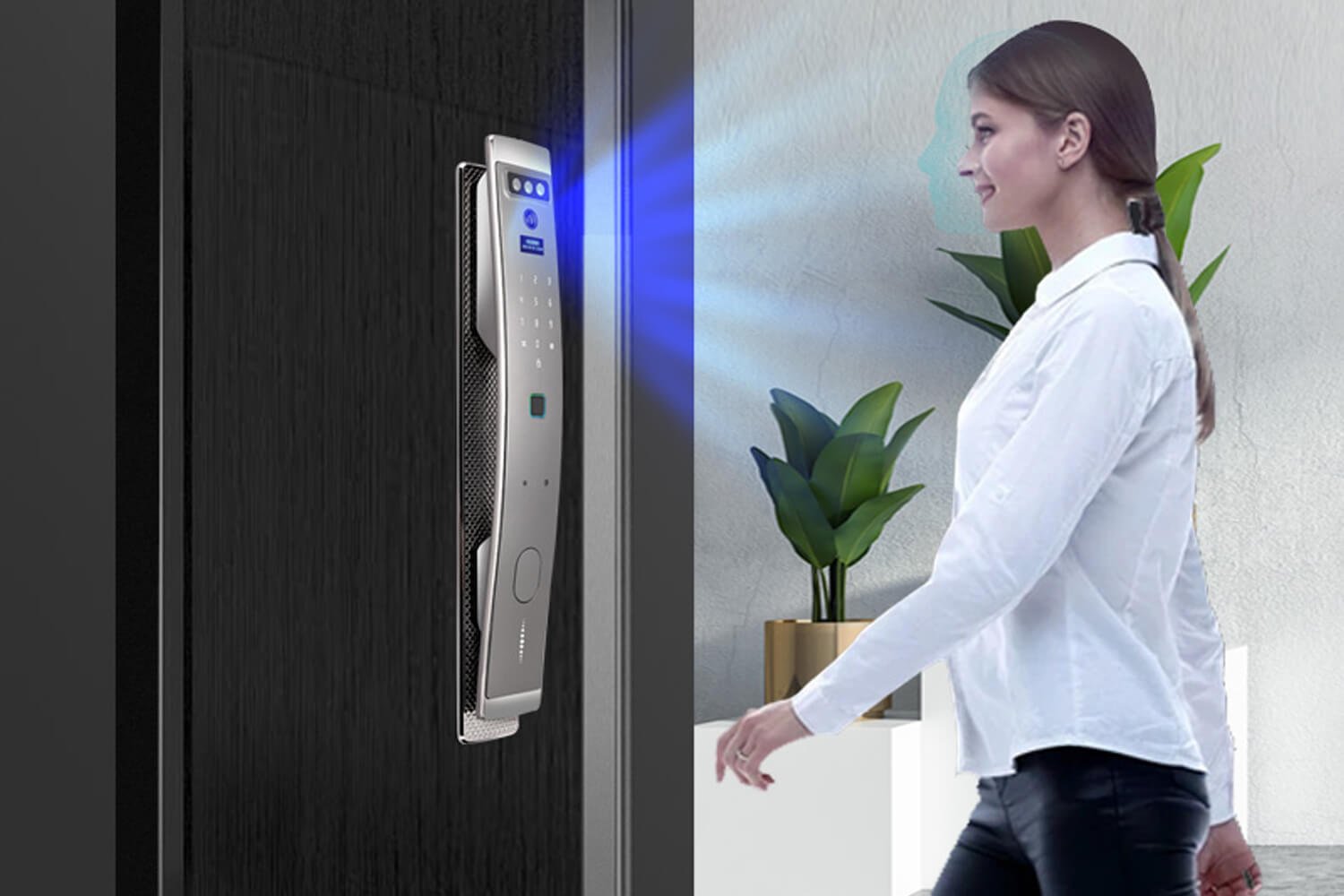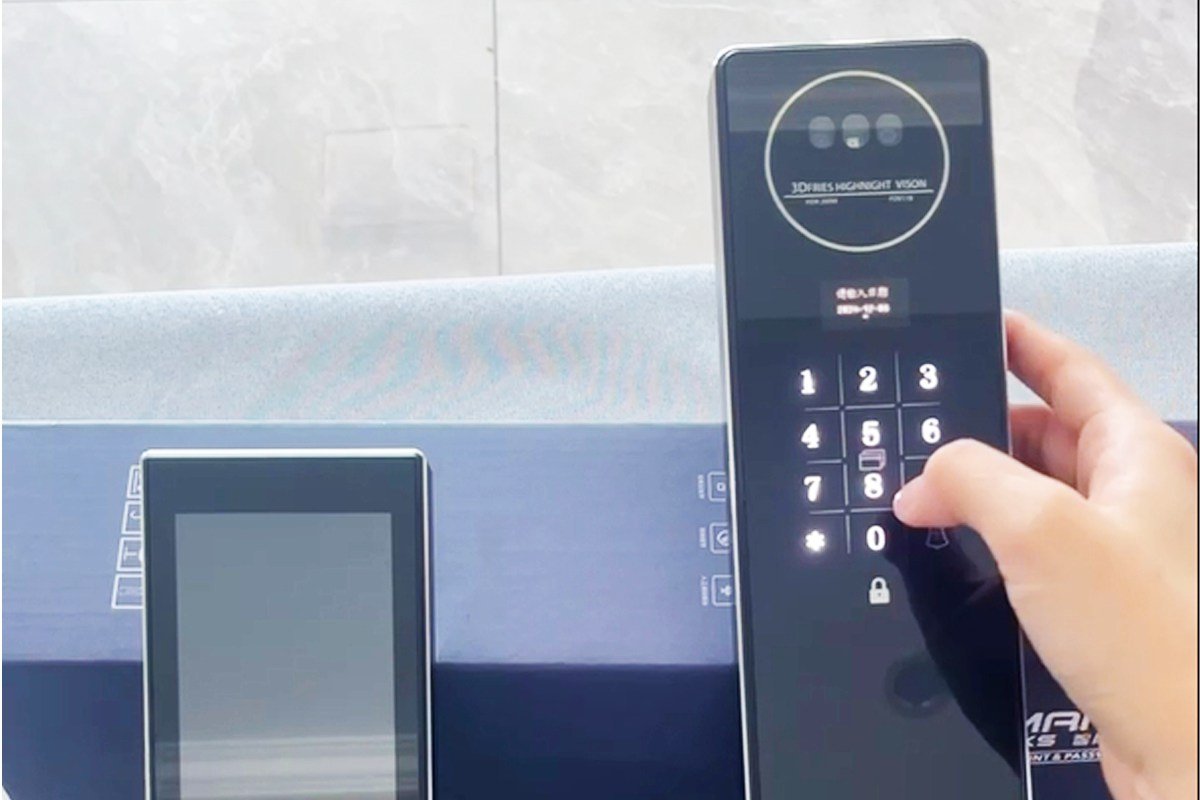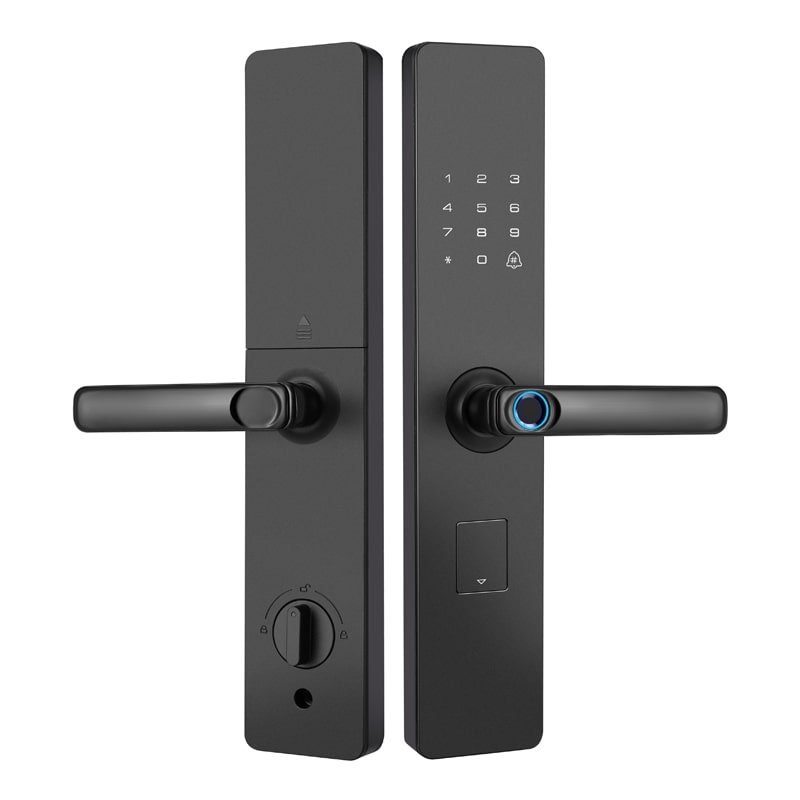Cybersecurity for Access Control is essential in today’s digital world. Access control systems protect sensitive data and physical spaces, but they face growing cyber threats. By implementing strong Cybersecurity for Access Control measures, you can safeguard your systems and prevent unauthorized access.
Why It Matters
Access control systems manage who can enter your physical and digital spaces. Without proper Cybersecurity for Access Control, hackers can exploit weaknesses, leading to data breaches or unauthorized entry.
Key reasons to prioritize access control security:
- Protects sensitive data.
- Prevents unauthorized access.
- Ensures compliance with regulations.
- Maintains trust with clients and employees.
To address these challenges, here are some best practices to follow.
Best Practices for Secure Access Control
- Use Strong Authentication: Implement multi-factor authentication (MFA) to verify user identities.
- Update Systems Regularly: Install software updates to fix vulnerabilities.
- Encrypt Data: Protect data in transit and at rest with encryption.
- Monitor Access Logs: Regularly review logs to detect suspicious activity.
- Train Employees: Educate staff on cybersecurity best practices.
Real-Life Examples
- Healthcare Provider: A hospital upgraded its access control system with MFA and encryption. “We’ve seen a 50% drop in unauthorized access attempts,” said their IT manager.
- Financial Institution: A bank implemented biometric authentication for its access control system. This reduced phishing risks and improved employee satisfaction.
Common Challenges and Solutions
- Legacy Systems: Older systems may lack modern security features. Upgrade to newer systems with advanced encryption.
- Insider Threats: Employees with access can pose risks. Limit access to only what’s necessary and monitor activity.
- Integration Issues: Combining access control with other systems can be complex. Work with experienced providers for seamless integration.
- Evolving Threats: Cyber threats constantly change. Stay updated on the latest security trends and technologies.
For more insights, refer to the NIST Cybersecurity Framework, a trusted resource for cybersecurity best practices.
Authentication Methods
- Biometric Authentication: Use fingerprints or facial recognition for secure access.
- Multi-Factor Authentication (MFA): Combine passwords with codes or tokens for added security.
- One-Time Passwords (OTP): Generate temporary passwords for single-use access.
Auditing and Monitoring
Regular audits and monitoring are key to maintaining secure systems. Track who accesses your systems and when. Use automated tools to detect unusual activity and respond quickly to threats.
The Future of Access Control Security
As technology evolves, so do cyber threats. Future trends include:
- AI-Powered Monitoring: Detect and respond to threats in real-time.
- Cloud-Based Security: Manage access control remotely with secure cloud systems.
- Advanced Encryption: Use stronger encryption methods to protect data.
Conclusion
Securing your access control systems is vital for protecting your data and assets. By following best practices, using strong authentication, and staying updated on threats, you can ensure a safer future for your organization.
Start securing your systems today with these Cybersecurity for Access Control tips. Protect your organization from cyber threats and maintain trust with your clients.









